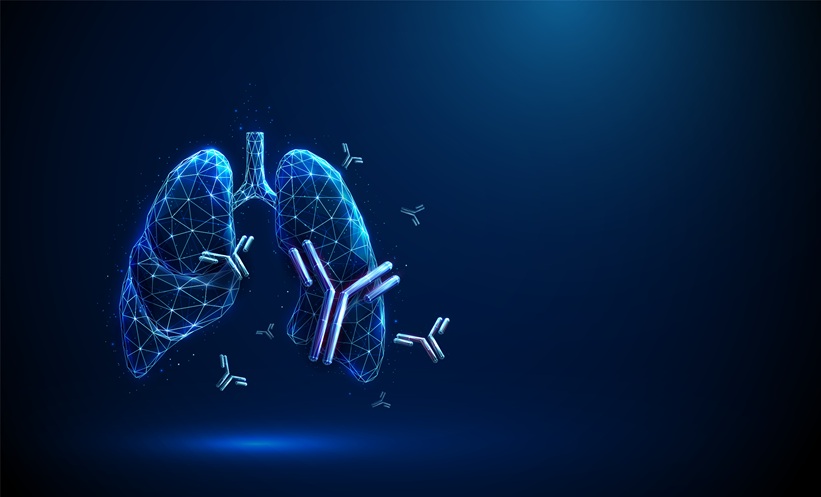A NEW nationwide Belgian study highlights the effectiveness of anti-interleukin-5 (IL5) therapy in reducing exacerbations among patients with obstructive lung disease, including those with coexisting chronic obstructive pulmonary disease…

A NEW nationwide Belgian study highlights the effectiveness of anti-interleukin-5 (IL5) therapy in reducing exacerbations among patients with obstructive lung disease, including those with coexisting chronic obstructive pulmonary disease…